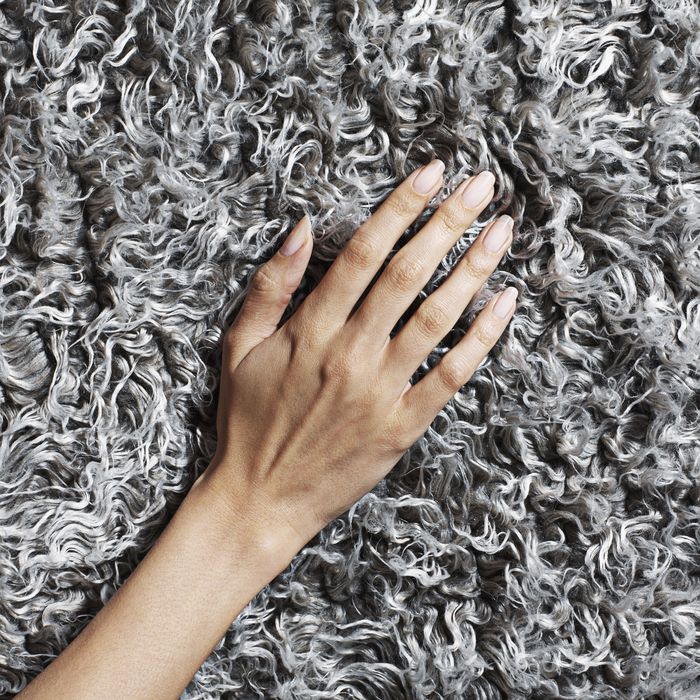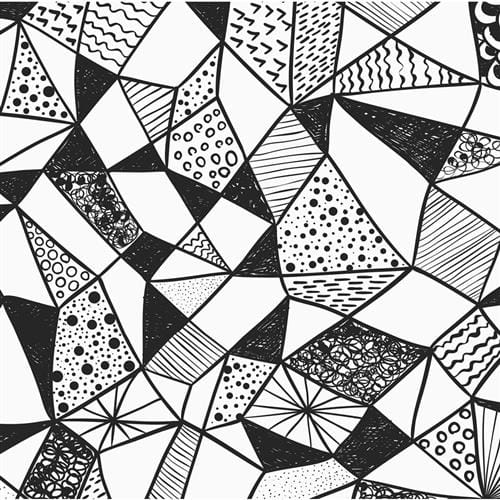Got textures on your mind? Yeah, us too. When it comes to remodeling your kitchen, there’s plenty to think about, from sizes and styles to colors, patterns, and textiles. And while textures do enter into the mix, you might not be thinking about exactly how combining various textures may affect the overall look and feel of your finished kitchen.
Texture on the Brain

Photo: James Day Photography Ltd/Getty Images
Here’s a surprising fact about textures: they’re intricately connected with our mental and emotional state! The feeling of certain textures is often associated with a primal sort of reaction. Take, for example, the sense of coziness we experience when we touch a fluffy blanket. Our brains have an immediate, visceral reaction. By touch, we expect that the blanket will be warm and comforting. In short, it makes us feel… nice.
Our brains react similarly when we hear music, smell bread baking, or see specific colors. Our senses are hardwired to send communications to our brains. It’s a type of shorthand that signals an understanding of the world around us. And while these associations don’t always reflect reality, they can most certainly affect our moods.
Atmosphere by Association
Now that we’ve got the psychology lesson out of the way, let’s turn our attention back to kitchen design. There are probably certain mental and emotional cues you want to evoke. Think of them now: what words do you want to be associated with your kitchen?
Maybe ‘homey,’ ‘bright,’ ‘safe,’ ‘comfortable,’ and ‘welcoming’ come to mind. These words are closely associated with a family home; a kitchen where the kids can get a snack and do homework while the adults read the paper, drink a coffee, or make a delicious home-cooked meal.
Perhaps your idea of the perfect kitchen is more aligned with words like ‘edgy,’ ‘efficient,’ ‘high-quality,’ and ‘modern.’ These terms might be more in line with the kitchen of an aspiring chef or someone with a trendy and stylish sensibility.
Of course, there’s no one right way to utilize textures in your kitchen, but there are a few rules of thumb when it comes to incorporating them into your design.
Senses and Sensibility

Image from kathykuohome.com
Texture appeals to both sight and touch. This is also called visual and tactile texture. Some textures possess three-dimensional qualities, like fabrics and grained wood. Other surfaces are optical only, like patterned wallpaper. Both have a role to play when it comes to creating a mood and atmosphere in your kitchen.
So, where are some of the places you can add texture to your kitchen? Well, you can add tactile texture pretty much anywhere. From cabinets to countertops, floors, and backsplashes, the list goes on and on.
The kitchen can easily become one of those areas of the home that is sparse and sleek. And while some homeowners enjoy that kind of aesthetic, others find it can look quite sterile. Fortunately, this doctor’s-office sparseness can be avoided by applying a mix of textures, both visual and tactile. Here are a few different ways you can incorporate texture into your kitchen, both practically and stylistically:
- Glossy: polished stone countertops, stainless steel or metal appliances
- Sleek: varnished wood, laminate, tile, synthetic surfaces, leather
- Smooth: finely woven fabrics, like silk, cotton, and linen
- Coarse: denser fabrics like burlap, canvas, and wool
- Rough: brick, slate, grout
Practical Applications of Texture

From Pinterest
As a general rule, rough and coarse textures are associated with a more ‘rustic’ atmosphere: large, weighty, and visibly uneven textiles give a space a sense of grit and heft. Meanwhile, smoother materials create a sleeker, lighter, cooler, and more modern look.
The key to creating the atmosphere you want in your kitchen is to balance the textural elements in a way that reflects your desired outcome. Weight, density, and light absorption/reflection each impact the atmosphere of your space.
If you keep things sleek with your floor, countertop, and appliances, you could try mixing things up by using chunky, three-dimensional strokes to paint your cabinets, installing a mosaic backsplash with small tiles and plenty of grout, and accessorizing with a textural light shade and patterned fabric chair covers.
Pro tip: even if you forgo tactile textures in high-use areas, you can still create dimension and depth using visual textures. Although laminate is smooth, you can always choose examples that mimic the look of grained woods, effectively creating visual texture despite its lack of textured feel.
Ready to up your texture game in the kitchen? Let Winthorpe Design & Build help you create the perfect look and feel for your space. With a passion for design and decades of remodeling experience in the Maryland and DC Metro area, our team is always ready to help. Connect with us today, and let’s start building!





